Here's the recipe I, sort of, followed.
I't s pretty good, but a few weeks ago I used a different recipe which, I think, was better, but I can't find it now! This one is very close though and I made a few, minor adjustments. Below I've detailed the adjustments:
I used about three-quarters of a medium sized pumpkin as my cheese cake tin is large and I made some smaller ones too (and I think pumpkin should be the main ingredients in a pumpkin cheesecake, not just there for show).

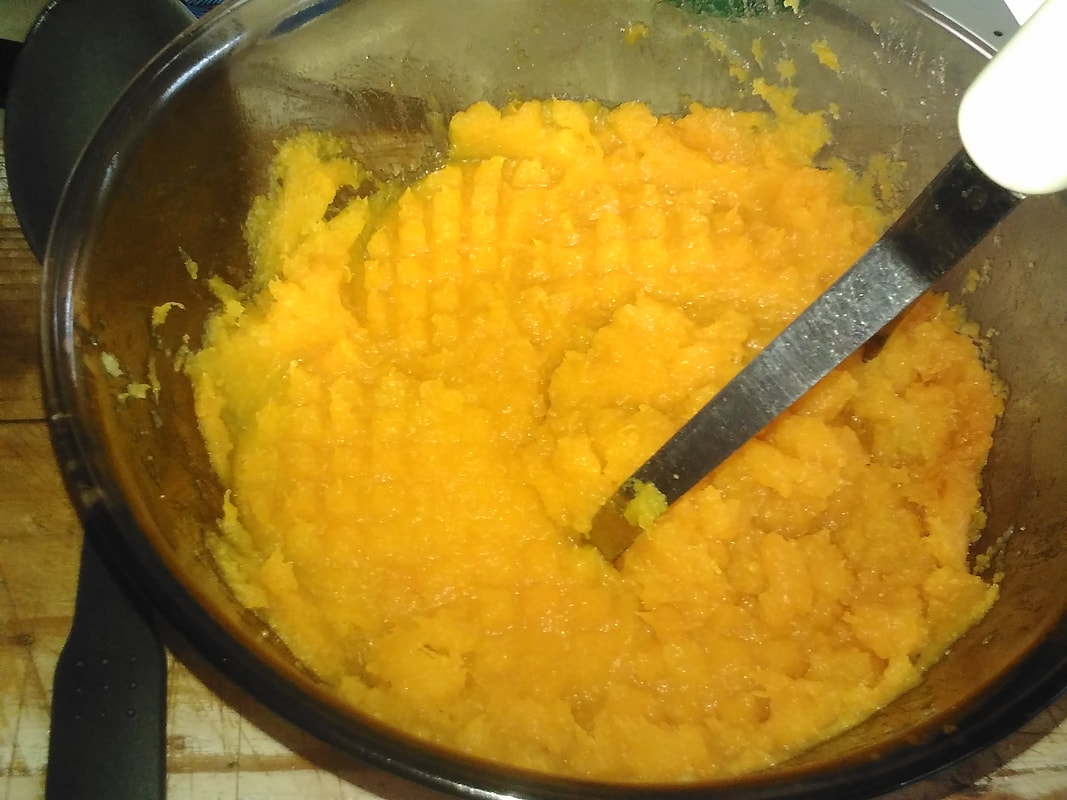
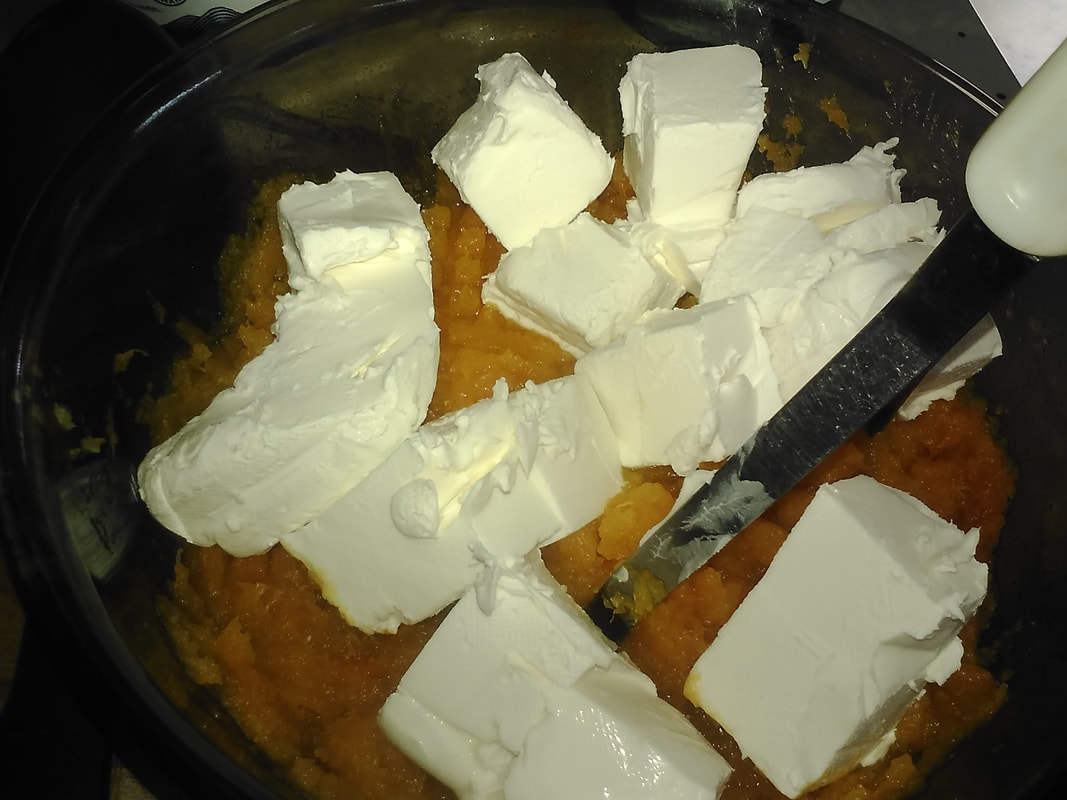
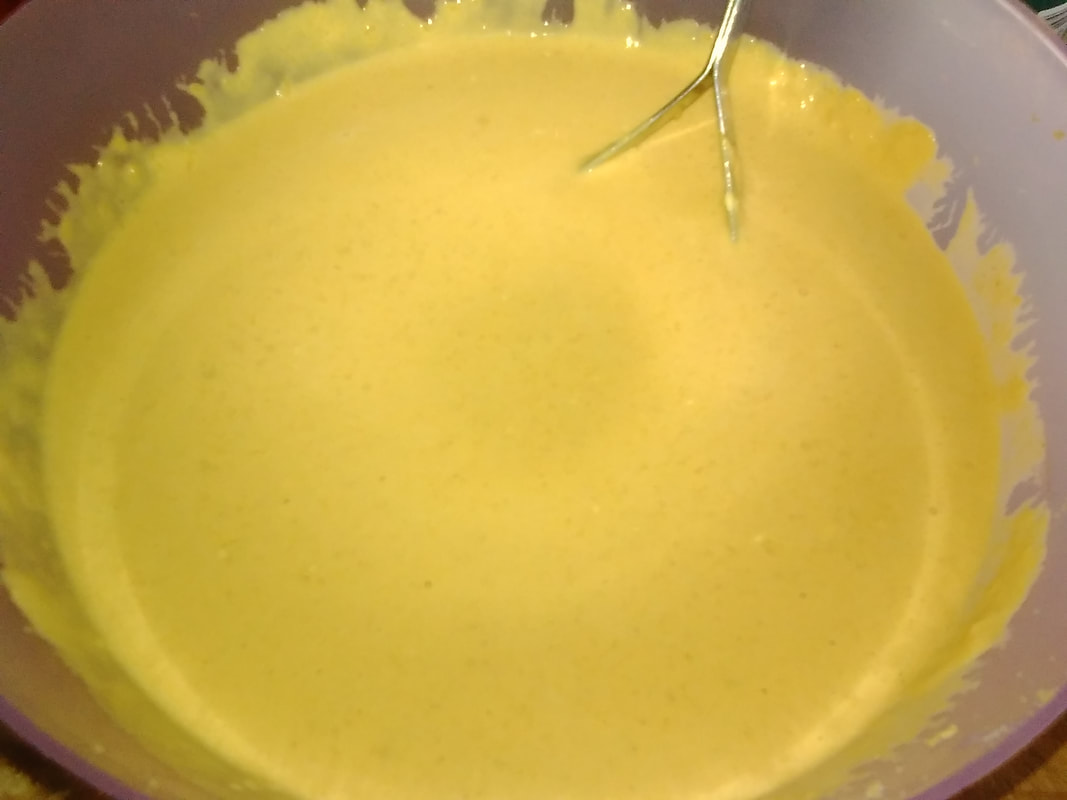

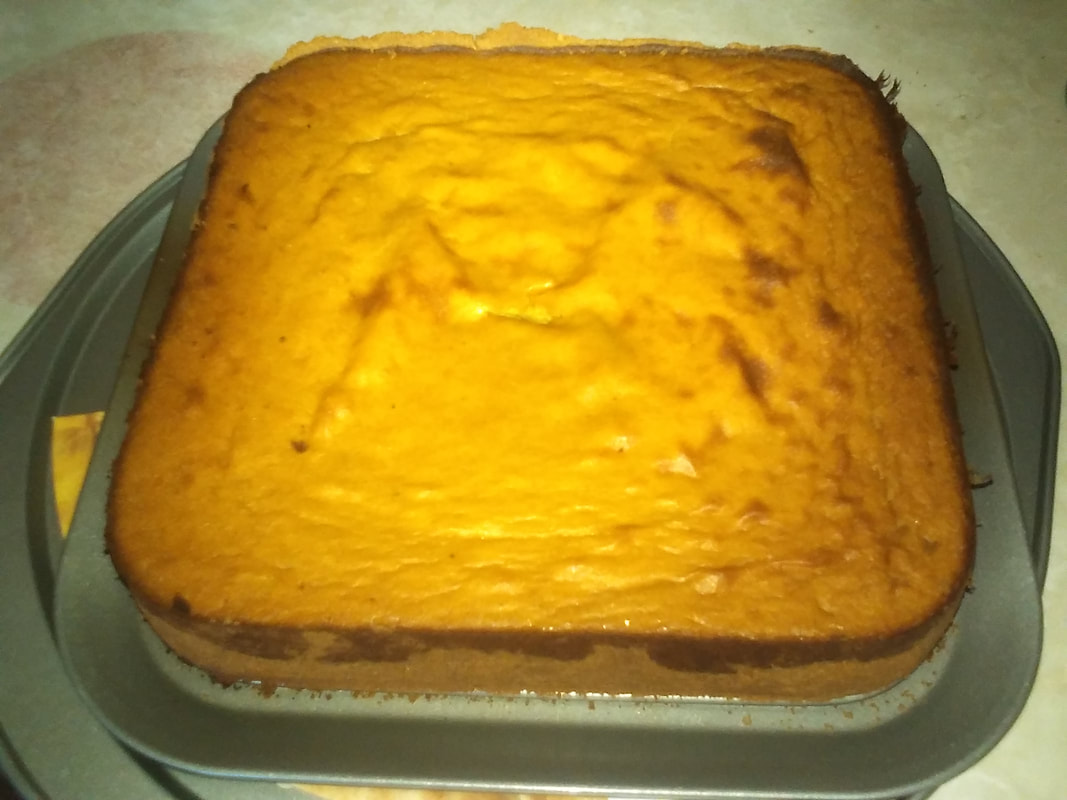
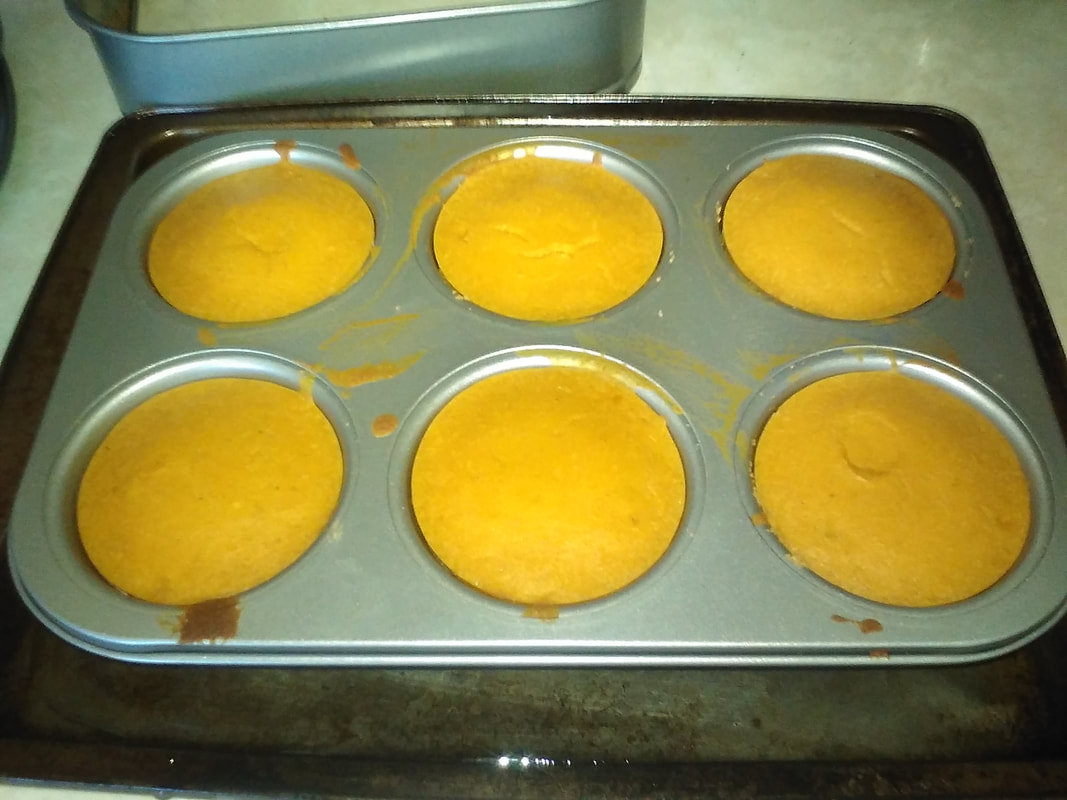

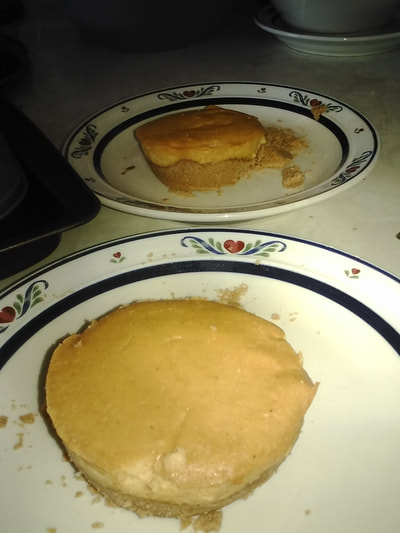
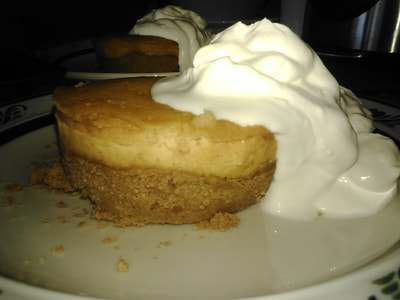
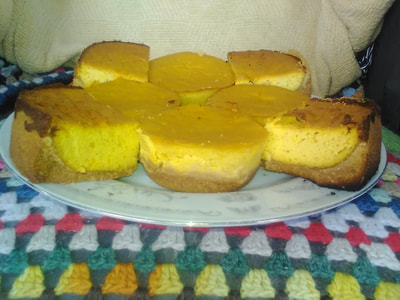
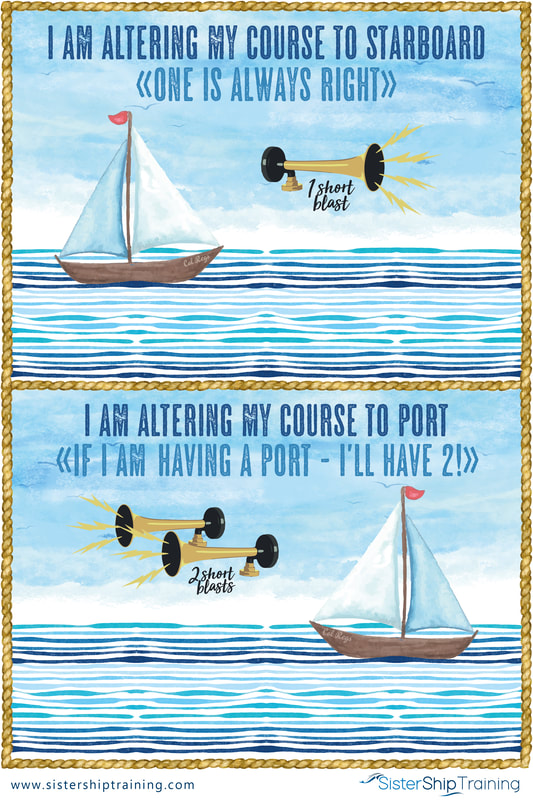
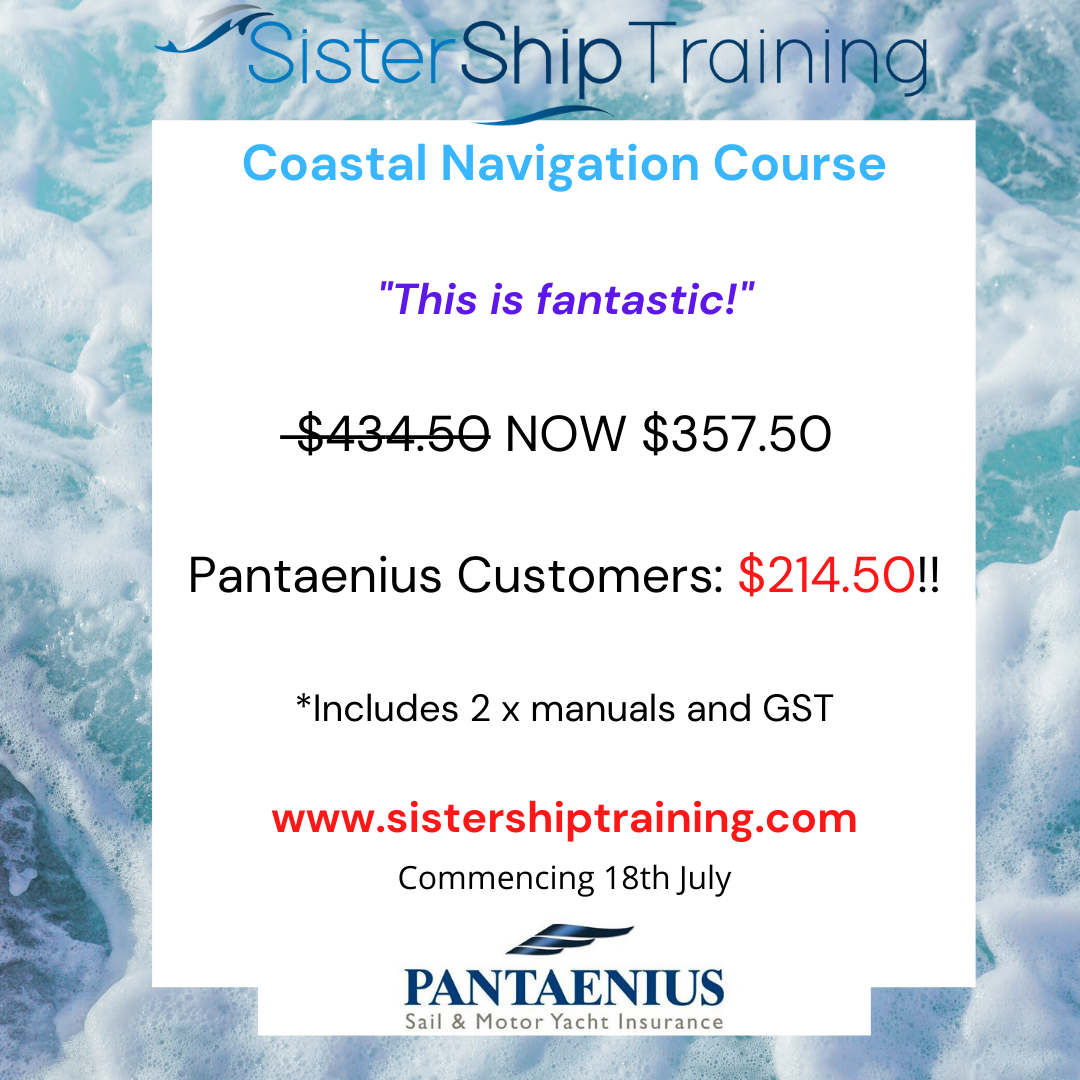
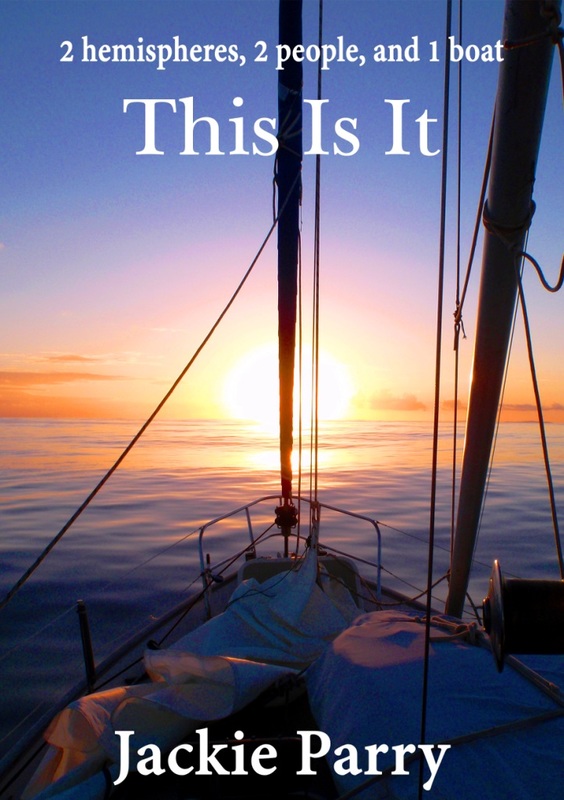
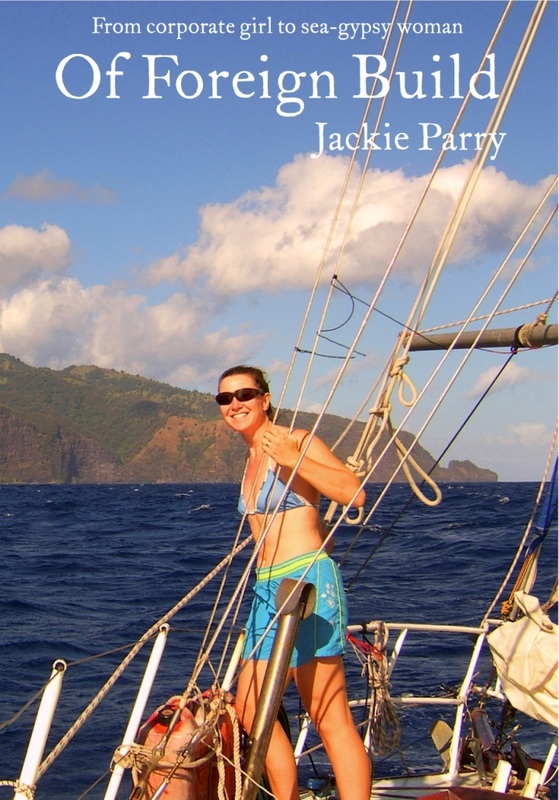
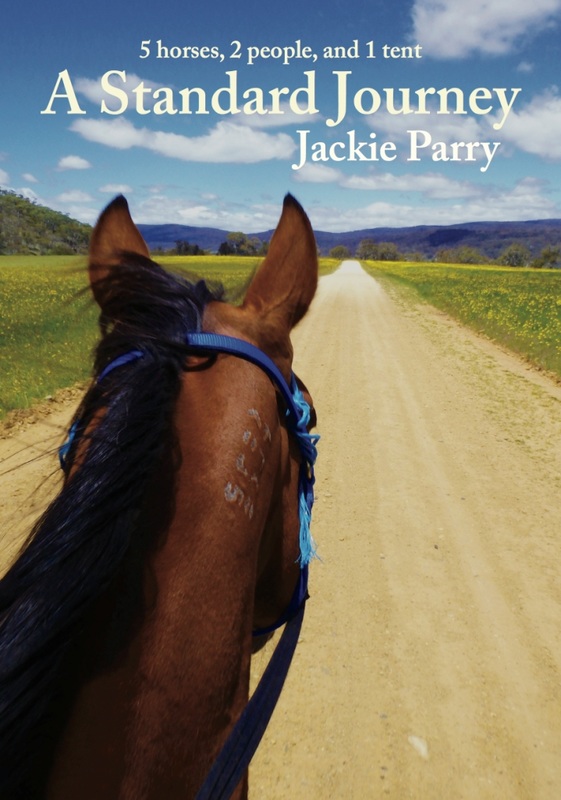
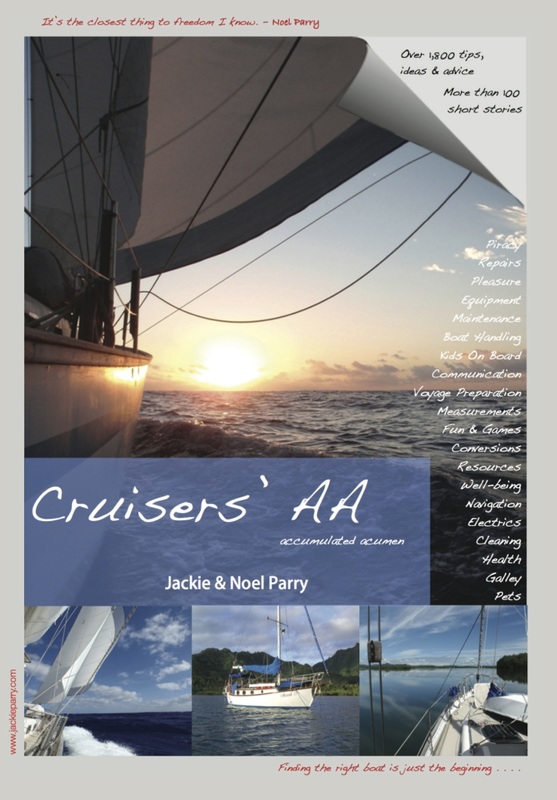
 RSS Feed
RSS Feed
